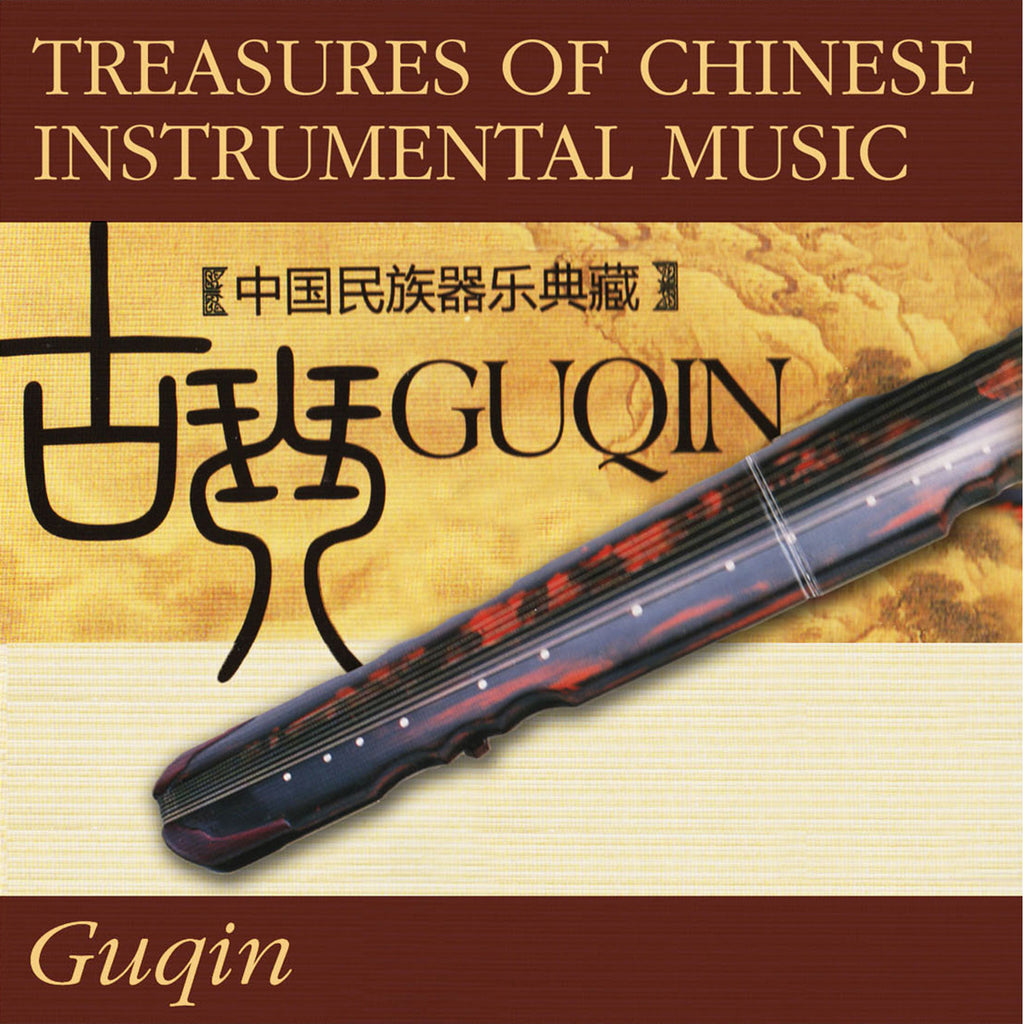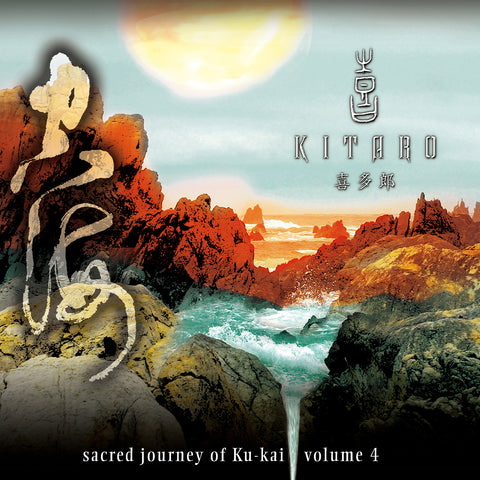
Guqin (Various Artists)
Release Date : September 4, 2012
Catalog : 73190-2
Format : Digital Download (AAC, Mp3)
Treasures of Chinese Instrumental Music is a carefully curated collection that highlights the finest recordings of traditional Chinese instrumental music, spanning from ancient times to the present. This remarkable compilation features rare and previously unreleased performances, including solo, duet, ensemble, and orchestral works by esteemed musicians.
The Guqin, a revered Chinese stringed instrument, is one of the oldest and most prestigious in Chinese culture. This seven-stringed zither is played by plucking or pressing the strings with the fingers, producing delicate and expressive tones. For over 3,000 years, the guqin has been closely associated with scholars, intellectuals, and philosophers, embodying the ideals of Confucianism and Taoism. Its music reflects themes of simplicity, subtlety, and harmony with nature, serving as a bridge between the self and the cosmos.
| T R A C K S |
Volume 1
01. Flowing Water
02. The Mist And Clouds Over Xiao-Xiang Rivers
03. A Dialogue Between A Fisherman And A Woodcutter
04. Soaring Dragon
05. The Midnight Crow
06. Lament At The Chang Men Palace
07. Autumn Water
08. Flowing Water
09. The Song Of King Yao
10. Guang Ling Verse
Volume 2
01. Forgetting The Vulgar Ideas
02. Observing Calmly
03. Mozi Grieving For Silk
04. Night Mooring At The Autumn River
05. Evening Song Of The Drunken Fisherman
06. Sunny Spring
07. Man Crazy For Wine
08. Three Variations Of Plum Blossom
09. Wild Geeze Over The Calm Sands
10. Memories Of An Old Friend
11. Orchid In Seclusion
| C R E D I T S |
Executive Producer : Eiichi Naito
Artists + Repertoire, Remastering : Dino Malito






